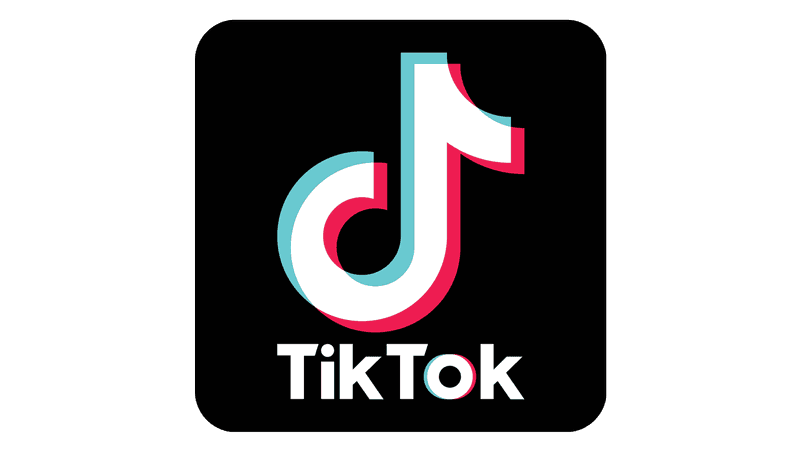
With the right structure and approach, you can create a compelling and professional introduction that captures your audience's attention. Here’s a step-by-step guide to help you master the beginning of your sales pitch. Begin with a warm and professional welcome, addressing your prospect by name.
Small Talk
(Approx time on call: 2-4 minutes)
They say people like to buy from people, and it’s much harder for them to buy from you if you don't connect with them on a personal level. It’s our last stand against the machines - so you had better do it well. Small talk should help establish rapport and make the conversation more enjoyable and engaging.
Here’s how to do it right while keeping it professional:
Finding an Instant Connection: Look for common ground or shared interests to build an immediate connection. This can be based on personal experiences, mutual acquaintances, or shared goals.
Research: Before the meeting, take some time to research the company and the person you’ll be speaking with. Look at their recent social media posts or news about their company to find conversation starters.
Industry News: Mentioning relevant industry news can demonstrate that you are knowledgeable and up-to-date, making the conversation more relevant and engaging.
Weather: When all else fails just compliment or complain about the weather (possibly UK only)
Try not to be boring: but don’t be a jovial idiot either. This is the first step of building trust. No one wants to buy from a clown.
Whilst having the conversation look out for how the prospects respond and what information they offer up.
Open responses: keep it going - ask them a few more questions, try and bridge those questions into your conversation naturally. Can ask more personal questions.
Indifferent responses: They have just met you so try and keep the conversation going and warm them up a bit. See if you share more of your personality they come along with you.
Closed responses: The stronger you get at rapport building the more you should be able to open people up at this point which then gives you much more control. Keep the small talk very focused to their role as an early form of Discovery but move to expectation setting quicker.
Expectation Setting
(Approx time on call: 1 minute)
Outline the agenda for the meeting. This not only shows that you are organised but also respects their time by making it clear what you plan to cover. People are much more likely to switch off if they don’t know how long each section is.
Taking control of the call isn’t about exerting power; it’s about showing your prospect that you know what you’re doing and respect their time. Setting clear expectations helps both parties understand the flow of the conversation and what they will gain from it. Here’s how to do it effectively:
Confirm the Time: Start by confirming the duration of the call. This reassures your prospect that you value their time and have a structured plan for the meeting.
Outline the Agenda: Be clear about what topics will be covered during the call. This includes your main points, any key questions, and the overall flow of the discussion.
Identify Additional Topics: Ask if there is anything else they would like to cover. This shows that you are open to their input and willing to address their specific needs or concerns.
By following these steps, you can start your sales pitch on the right foot, creating a professional, engaging, and productive conversation that sets the stage for a successful outcome. Remember, the goal is to build a connection, establish your credibility, and make your prospect feel confident in their decision to invest time in your meeting.
Framework
Example to add in your Pitch Panel and personalise:
“During this call I am keen to ensure we make the most of the time. As a result I find it best to go through these 4 key areas:
Understand more about your business, team and goals
Show how our product is being used by similar businesses and the outcomes
Packages and pricing
Onboarding and next steps
Usually we cover this in 25 minutes with time for questions throughout so we finish on time. Is there anything else you would like to cover or any specific questions you want to mention now, so I can ensure they are covered in our conversation?”
Use the framework and reflect after each call on how you can improve these sections for next time.
Starting a call well is something that comes if you really focus on it. Often dismissed as people focus on closing but if you can get the start right the rest does become easier.



